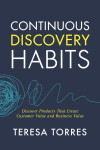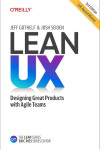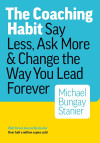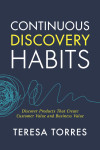Lean UX
Applying Lean Principles to Improve User Experience
"Lean UX" presents a radical shift in how organizations approach user experience design, moving away from heavy documentation and towards rapid experimentation and validation. The book introduces a practical framework that combines the principles of design thinking, agile development, and lean startup methodology.
The author challenges traditional UX practices by advocating for a more collaborative, iterative approach where cross-functional teams work together from the start. Instead of creating detailed specifications upfront, teams focus on learning through quick experiments and customer feedback.
This methodology is particularly relevant in today's fast-paced digital environment where market conditions and user needs change rapidly. The book provides concrete techniques for implementing Lean UX, including methods for hypothesis creation, MVP design, and continuous validation through user research.
By reading "Lean UX", you will:
- Master the art of hypothesis-driven design: Learn to frame assumptions as testable hypotheses and validate them through rapid experimentation, enabling faster learning and more effective product development.
- Transform your design process: Implement collaborative design practices that break down silos between designers, developers, and business stakeholders, leading to better products and more efficient teams.
- Develop effective MVPs: Create minimum viable products that test core assumptions while maintaining focus on learning goals, helping you validate ideas before significant investment.
- Establish continuous discovery practices: Build regular customer feedback loops into your development process, ensuring your products truly meet user needs.
Related Books
- "Business Model Generation" by Alexander Osterwalder: Provides complementary tools for business model design that align well with Lean UX's experimental approach.
- "Continuous Discovery Habits" by Teresa Torres: Expands on the continuous discovery aspects of Lean UX with detailed techniques for ongoing customer research.
- "Sprint" by Jake Knapp: Presents a structured approach to design sprints that complements Lean UX's rapid experimentation methodology.
Collaborative Design
The practice of involving entire product teams in the design process from the start, rather than keeping design isolated. Breaks down silos and speeds up development by ensuring all perspectives are considered early.
Hypothesis-Driven Development
Framing work as testable hypotheses rather than requirements. Structure: “We believe [this outcome] will be achieved if [these users] successfully achieve [their goal] with [this feature].”
Minimum Viable Products (MVPs)
The smallest thing you can build or do to test a hypothesis. Focus on learning goals rather than feature completeness, allowing rapid validation of assumptions before significant investment.
Continuous Discovery
Regular engagement with customers throughout the project lifecycle, combining quantitative and qualitative measures to understand user behavior and motivations.
The Truth Curve
A framework showing the relationship between evidence and effort - the less evidence you have for an assumption, the less effort you should invest in testing it.
- When transitioning from traditional UX to agile development: The book provides crucial guidance for teams struggling with the shift from documentation-heavy processes to more iterative, collaborative approaches.
- When your team is stuck in “Agilefall”: If you’re nominally practicing agile but still creating detailed upfront specifications, this book will help break free from waterfall thinking while maintaining product quality.
- When starting a new product initiative: The book’s frameworks for assumption testing and MVP development are particularly valuable at the beginning of new projects when uncertainty is highest.
- During organizational transformation: For leaders implementing lean or agile methodologies, this book provides practical guidance for changing both processes and culture around product development.
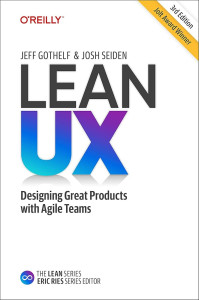
Your support helps me maintain and improve the book recommendations for everyone.
